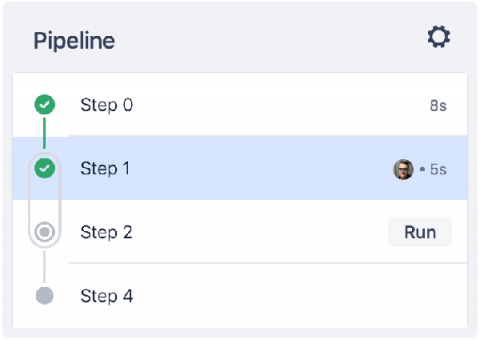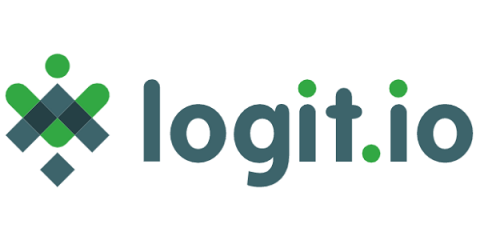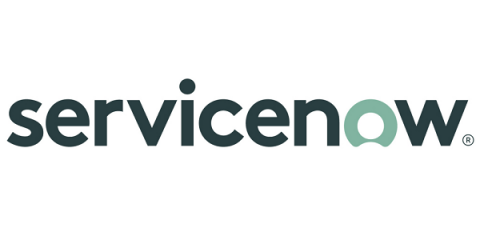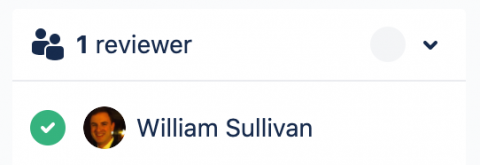Operations | Monitoring | ITSM | DevOps | Cloud
Latest News
Where is Your Next Release Bottleneck?
A typical modern DevOps pipeline includes eight major stages, and unfortunately, a release bottleneck can appear at any point: These may slow down productivity and limit a company’s ability to progress. This could damage their reputation, especially if a bug fix needs to be immediately deployed into production. This article will cover three key ways using data gathered from your DevOps pipeline can help you find and alleviate bottlenecks in your DevOps pipeline.
Code Coverage Analysis Using Codecov and Codefresh
Codecov is a code analysis tool with which users can group, merge, archive, and compare coverage reports. Code coverage describes which lines of code were executed by the test suite and which ones were not. However, this is not to be confused with a testing tool. Codecov does not run your tests, that is the job of your testing tools. The analysis that Codecov provides will classify code in either of the following states: Additionally, In this tutorial, we will.
All That Developers Need Is a Browser (or How to Be More Productive by Having Less)
What would you say if I would tell you that you can be as productive with the cheapest laptop as with the one you already have? Would you believe me if I would say that there is no need for you to install an IDE, compilers, CLIs, Docker, and whatever else you might have on your laptop? How about having a full development environment created whenever you need it instead of dealing with virtual machines and whatever else might be fulfilling your development needs?
Achieving Continuous Deployment with Artifactory Webhooks & Docker
Manual steps in parallel groups available for Pipelines
What Is CI/CD/CD?
Continuous Integration (CI), Continuous Delivery (CD) and Continuous Deployment (CD) are three processes that automate integrating software development into a product and deploying the modified product to test and production environments.
Host Your Helm Chart in ChartCenter Directly From Source
DevOps Customer Success - How to increase service availability, accelerate innovation, and improve pipeline performance
By industrializing software delivery, DevOps has the potential to transform IT in the same way that Henry Ford transformed manufacturing Back in 1913, Henry Ford started a manufacturing revolution. On December 1, the first automotive assembly line heralded the advent of mass production and reduced the time required to build a Model T to only 2 ½ hours. That allowed Ford to slash manufacturing costs as well as the price of his iconic automobile.











